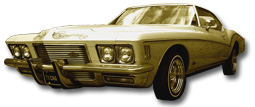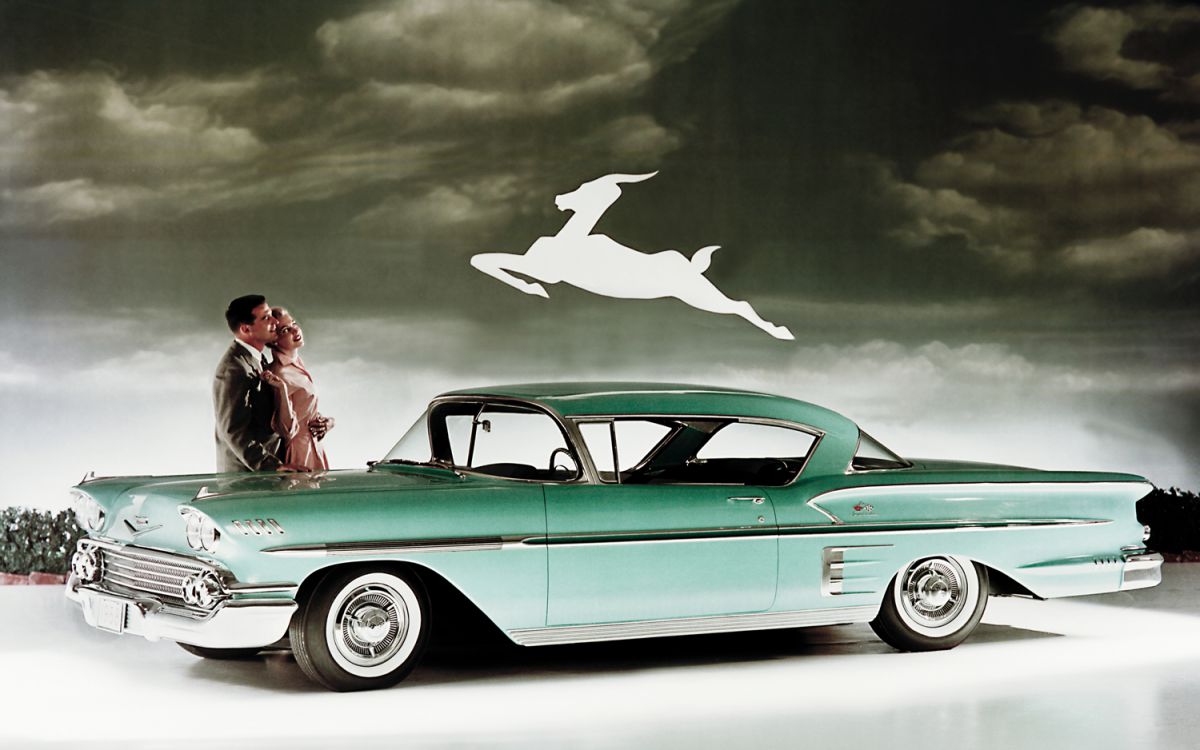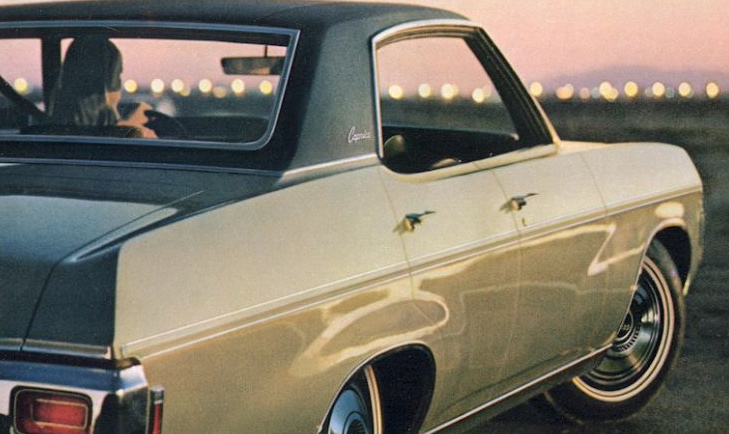
Full Size Chevrolet Caprice A unique look at ...
Published on 10.05.2010 |
 |
 |
|
The name "Caprice" first appeared in 1965 as an option available on Impalas to make them more luxurious. It was Chevrolet's answer to Ford's new top-of-the-line LTD. The following year, the Caprice became a model in its own right and topped the Chevrolet lineup.
The first generation ended in 1970 after undergoing a few restylings. The second generation (1971/1976) was one of all excesses, we are in the middle of the seventies and the American full-size cars are experiencing their very last period of excess: they have never been so big and heavy, their engines have never been so big in displacement.
That said, we are beginning to suspect that all this cannot last forever and that we must begin to control the fuel consumption of cars. The successive oil shocks in the 1970s will have the long-term effect on the large cars that marked this era. In addition, we are beginning to talk about ecology because of the pollution in large cities, which is becoming a major problem.
During their 6 years of production, Chevrolet will try to play with the axle ratios, the power of the engines and various parameters to try to contain the fuel consumption but it will be in vain because the safety standards will make these cars gain weight over the years. These cars will however have record production figures, with, for some years more than a million units sold, which is paradoxical.
The car was a huge hit with the public, even winning the coveted title of "Car of the Year" in 1977. The range included the Impala (low-end) and the Caprice (high-end), there were 3 body types: coupe, sedan and station wagon. In 1977, Chevrolet achieved another feat, that of selling a full-size of the same dimensions as a mid-size. Indeed, the intermediate range was represented by the Chevelle which was at the end of its career and which would not be renewed and reduced until 1978. This did not prevent the new full-size from selling.
The revolution will take place in 1976, during the presentation of the new 1977 models, the high range of Chevrolet underwent a huge slimming cure: the new cars are smaller, lighter and more economical. That said, these are not discount models, they were not content to simply make them smaller, they kept the same interior space as in the previous models. The engines saw their displacements reduced, the big blocks (454ci) and the large small block (400ci) disappeared. The standard engine is the venerable 4.1L inline 6-cylinder tuned to 110hp, also come a 5L and 5.7L V8.
For the first 3 years, the Impala/Caprice range changed very little, sales being excellent. For 1980 came a subtle restyling, the front end became more plunging, the rear window became more vertical, the rear was raised, all of this with the aim of improving aerodynamics. Not a single body panel was shared (except the windshield) with the 77/79 models and yet the general style remained identical, it was the change in continuity. For 1980, the 5.7 V8 disappeared from the civilian range but it continued its long career under the hood of the police versions.
 |
 |
Sales figures continued to decline throughout the 1980s as customer tastes and expectations changed. In 1990, 90% fewer full-size cars were sold than in 1975, for example. Small and mid-range cars had evolved considerably; they had moved to front-wheel drive, become more enjoyable to drive, and become more powerful while consuming less fuel. As a result, customers increasingly turned to more compact models. Gradually, the full-size market became a so-called "niche" market.
Chevrolet will make another attempt with a new model launched for 1991, the car has nothing to do with the previous model, the body is very aerodynamic, it is more spacious and its consumption is lower. However, if you look closely, technically, it is the same car! Indeed, chassis and mechanics are entirely taken from the old model. In Detroit, they know how to make new from old! When it was released, the press hated the car, calling it for example a "whale" and yet it will have a certain success with the public, which will not be enough for Chevrolet which will cancel the model at the end of 1996.
 |
 |
Credit Photos : LIFE Magazine & Archives.
Jean François bordes
Article précédent :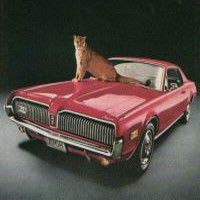 The end of the road for Mercury ... |
Article suivant :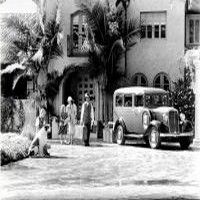 Chevrolet Suburban new car for The Foudre ... |

